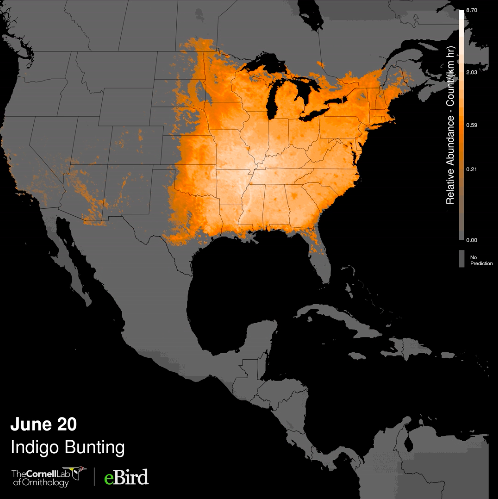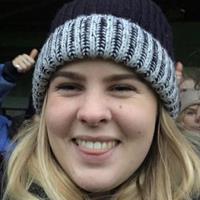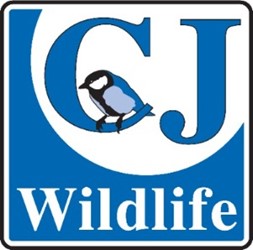Ornithology is an ancient practise, reflecting a long held fascination in the avian aspect of our natural world. Look at early art from almost any culture, and there will be a depiction of a bird, or several. The winged wonders of the world, it is easy to see why early people were so fascinated with their behaviour and appearance. Imagine we don’t have our modern comprehension of where birds go when they migrate, or how some species achieve incredible architectural feats (like bowerbirds and weavers); birds would be pretty mind blowing.
For many years birds have been written about, collected and analysed to increase human understanding of their biology and ecology. However, only recently have we started to employ an amazing strategy to increase the area over which birds can be studied; citizen science.
This app has helped ornithologists prove that birds are migrating and nesting earlier than before, just by looking at the dates of each recorder’s sightings
Citizen scientists have contributed immense data sets to organisations such as the British Trust for Ornithology and now the Cornell Lab of Ornithology. Many of you reading this blog may be familiar with Bird Track, as an app or online resource to easily record your bird sightings. This app has helped ornithologists prove that birds are migrating and nesting earlier than before, just by looking at the dates of each recorder’s sightings of each migratory species such as hirundines and warblers. Here is a link to a paper written by the BTO about how climate change has impacted UK birds using data from Bird Track - https://www.bto.org/sites/default/files/u37/downloads/about_birdtrack/BTO_294pg12-14.pdf . To think that only 100 years ago there were just a few ‘expert’ birders recording their observations, and that now there are thousands, is incredible. Ornithology is now so accessible, people of all backgrounds and ages can now record their sightings and actively contribute to conservation science- amazing!

Visualised distribution of Indigo Bunting from eBird app
Myself and the other recipients of the Cameron Bespolka Scholarship who were fortunate enough to visit the lab were introduced to eBird, the American version of the BTO’s Bird Track app. This has the same principal of the Bird Track app, being a resource for birders not just in America but all over the globe to record and submit their sightings year round. According to the eBird webpage, ‘half a billion observations have been contributed so far’. Like the Bird Track data, eBird has provided information on bird movements and helped to inform conservation decisions, and is now an ‘unparalleled information resource on birds’. I would definitely recommend that you have a look around their website, to have a look at exactly what eBird is and what it does (https://ebird.org/science).
When I was at the lab, a lasting memory made was seeing the incredible visualisations that scientists have made using eBird data. Here is one on Barn Swallow (Hirundo rustica) abundance throughout the year: https://download.ams.birds.cornell.edu/api/v1/asset/78654831 - pretty cool!!
I hope that if you don’t use either eBird or Bird Track that you have a look at doing so; it is the easiest way of contributing valuable information to aid conservation efforts, and it is free! Just download the app to your phone and then make sure to record all of your bird sightings along with where you made them. Happy birding!


